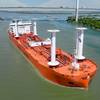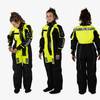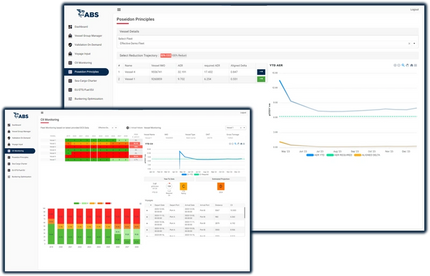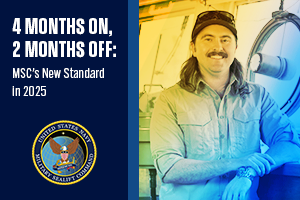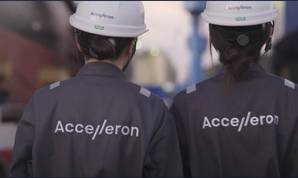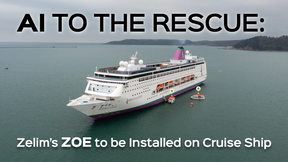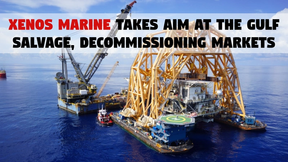Damen Introduces New Engine with Marine Emissions Reduction System
Dutch shipbuilder Damen has unveiled new engine, Damen D16, combined with the in-house marine emission reduction system, which has recently been awarded EU stage V certification.
The Damen D16 is a marine engine and aftertreatment system designed and developed inhouse by Damen Sustainable Solutions. It aims to reduce emissions and increase power efficiency supporting Damen’s goal of becoming the most sustainable maritime solutions provider in the world.
The Damen D16 is an extension of the current portfolio the company brings to the market.
The Damen D16 is based on the Volvo Penta D16 IMO II and features low fuel consumption, SOX, NOX, CO2 and noise reduction all in one unit and a flexible layout that provides reliable power.
The engine can also operate on biomass based HVO (hydrotreated vegetable oil), which offers even greater reductions in CO2 emissions.
“Rigorous and extensive testing of the engine in cooperation with the Damen marine emission reduction system was carried out by the team. The EU stage V certification award was a welcome reward and one we are very proud of at Damen. It allows us to offer our customers greater efficiency and flexibility whatever the future brings, on every water of the world,” said André de Bie, Sales & Operations Manager Sustainable Solutions at Damen.
The EU stage V engine certification process was completed together with Volvo Penta dealer Haisma in Harlingen, the Netherlands. The certification is valid for the engine family Volvo Penta D16 MH and certified for a wide range of IWA and IWP categories.
With this achievement, Damen can now offer its clients a proven emission reduction system that meets the requirements of the EU Stage V, ULEV and IMO Tier III regulations and is certified with HVO100, EN590, ISO8217 – DMA fuel.
The Damen D16 engine can be used on a variety of vessel types throughout the maritime industry including tugs, workboats, high speed craft and inland barges and is available for newbuilds and retrofits.
Running at optimal fuel efficiency, it is said to be able to significantly contributes to the reduction of the vessel’s CO2 emissions.




